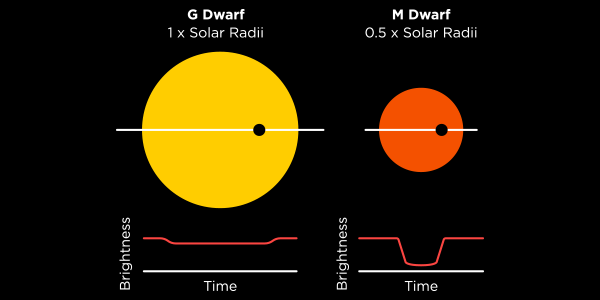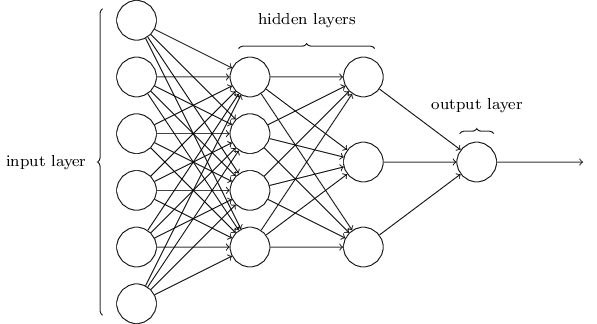About the Project
Currently, NASA is searching for a habitable exoplanet, because finding one and being able to study it would give us a better understanding of Earth. Habitability of a planet usually depends on three factors:
- Ideal distance from a star ("Habitable zone")
- Mass and temperature similar to Earth
- Possibility of liquid water to exist
Light Curves
A light curve is a graph of the brightness of a star over time. When the brightness experiences a dip, it may indicate that there is a planet transiting the star. The Kepler Database keeps track of all the planets discovered through the transit method. The light curve and other parameters that describe the planet's path around its star are important indications for the planet's habitability.
Machine Learning Models
This project made use of various Machine Learning (ML) techniques to analyze and extrapolate data available in the Kepler Database, available through the NASA Exoplanet Archive. The columns used were selected based on the SelectKBest algorithm. The ML models used were: Multi-Layer Perceptron Classifier, Support Vector Classifier, and Decision Tree.
The respective effectivities of the MLP, SVC, and DT models are 96.9%, 89.5%, and 96.4%, measured using the AUC-ROC curve.
Candidate Planets
Some exoplanets in the Kepler database are not yet confirmed planets. Rather, they are labeled "Candidate." Click to view Candidate Planet Habitability Predictions, determined with the three ML models described above.


